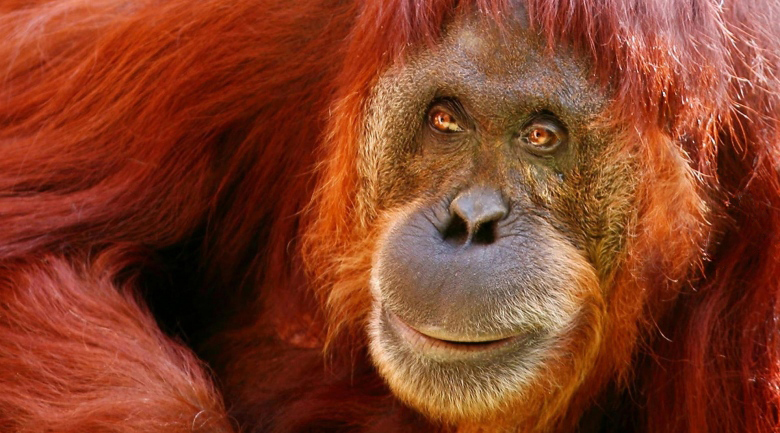
The first new study, published April 13 in the journal Science, suggests that life in the open woodlands of Africa and a leafy diet may have influenced the upright stature of humans’ ape ancestors.
Anthropologists had long believed that our ancestors evolved an upright torso to pick fruit in forests, since some of our favorite produce grows on the spindly peripheries of trees. Large apes would have needed to distribute their weight on the branches stemming up from the trunk and then reach up with their hands to grab the fruit.
Performing this task is easier if an ape is upright, since it can grab the branches better with their hands and feet.
If an ape’s back is horizontal, the hands and feet are typically underneath the body, which makes it harder to move outward to the smaller branches of the tree.
New research using a 21-million-year-old fossilized ape called Morotopithecus suggests that early apes actually ate the leaves in a seasonal woodland with a broken tree canopy and open grassy areas.
The team believes that this landscape, and not fruit in closed canopy forests, possibly drove the ape’s upright structure.
“The expectation was: We have this ape with an upright back. It must be living in forests and it must be eating fruit. But as more and more bits of information became available, the first surprising thing we found was that the ape was eating leaves. The second surprise was that it was living in woodlands,” co-author and University of Michigan paleoanthropologist Laura MacLatchy said in a statement.
In a companion paper, also published April 13 in Science, another team used environmental proxies to reconstruct nine fossil ape sites across Africa, including the Moroto site during the early Miocene.
These shifts mean that apes would have had to rely on something other than fruit to survive.
“For the first time, we’re showing that these grasses are widespread, and it’s this general context of open seasonal woodland ecosystems that were integral in shaping the evolution of different mammalian lineages, including and especially in our case, how different ape lineages evolved,” study co-author and University of Michigan biological anthropologist John Kingston said in a statement.
